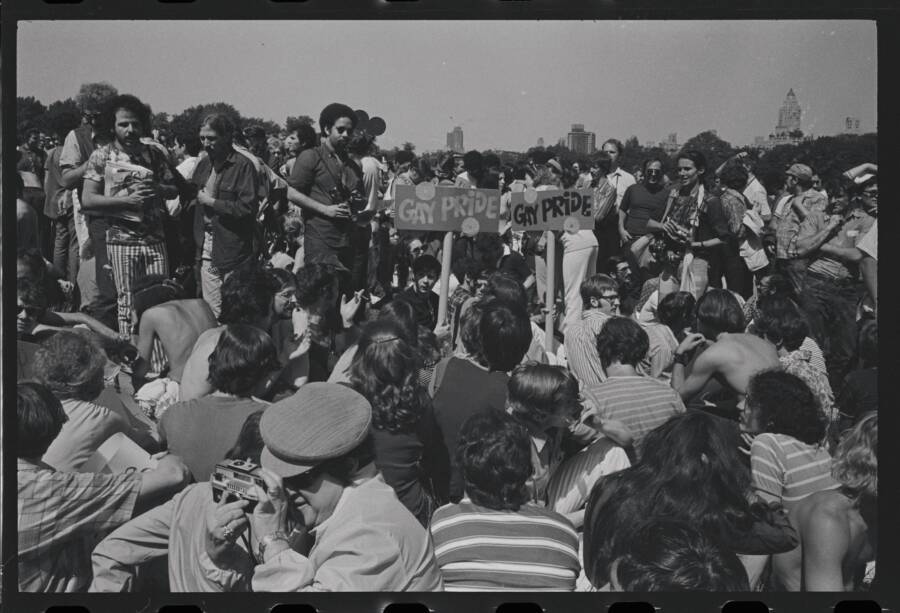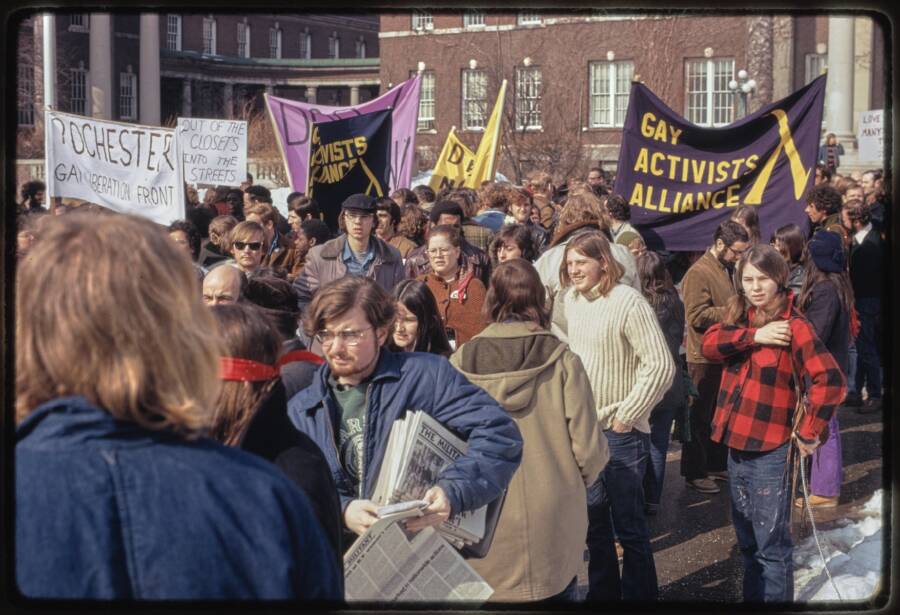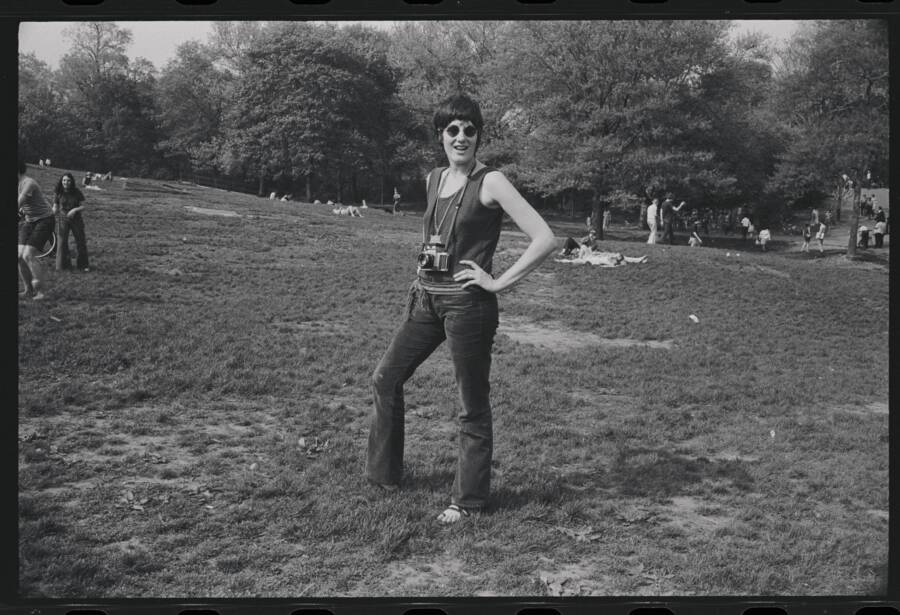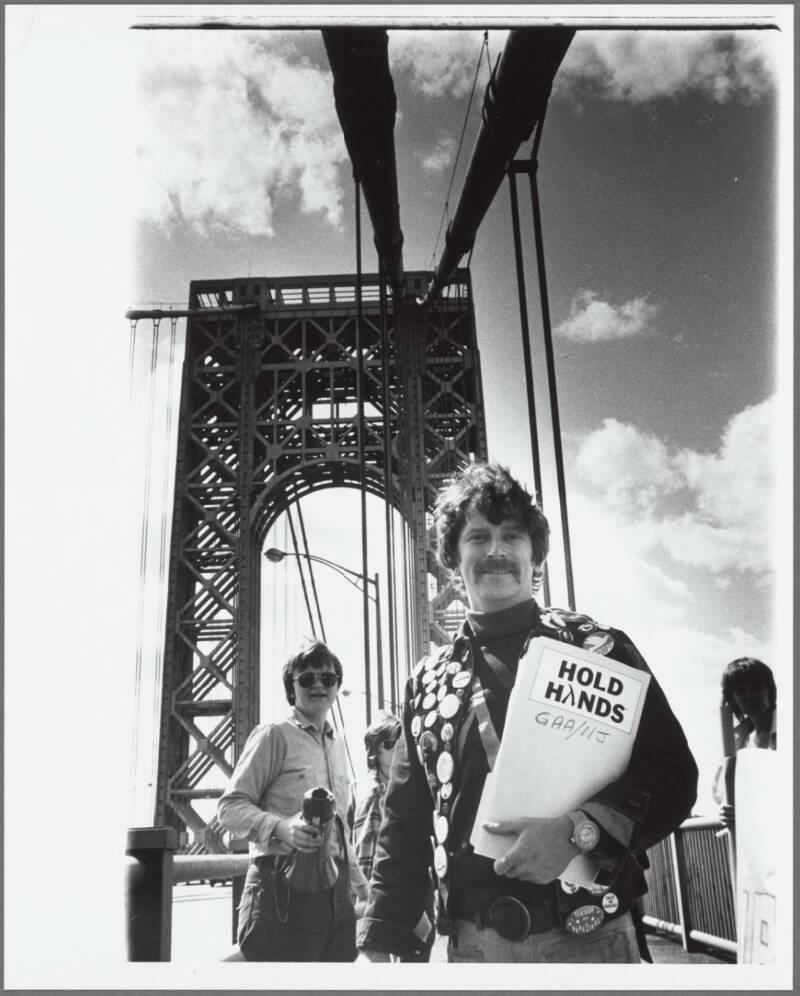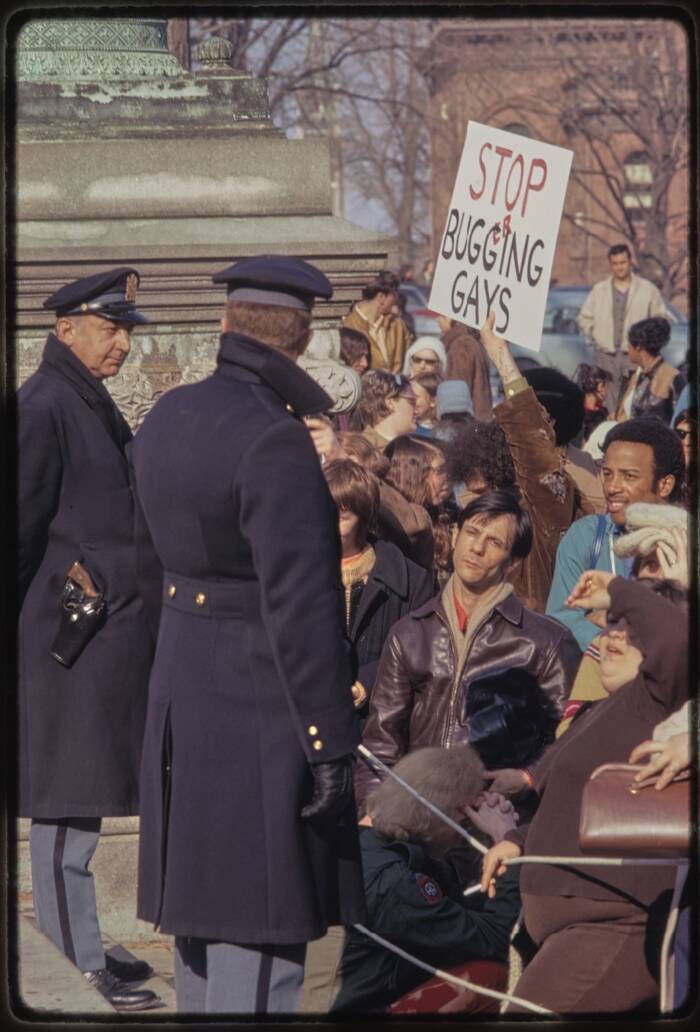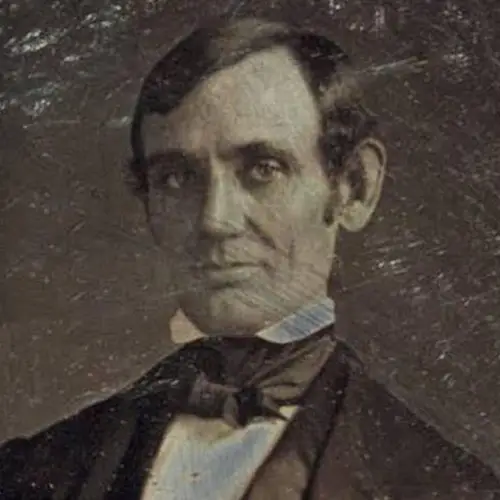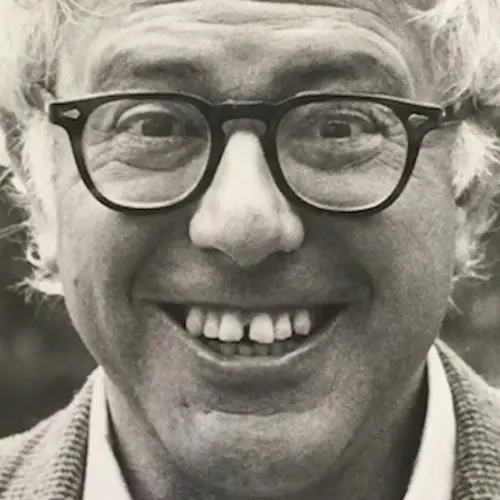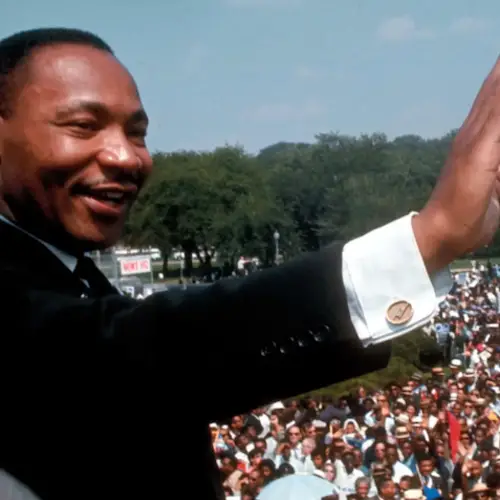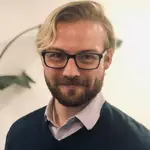From New York City's first Pride March to revolutionary groups like the Gay Liberation Front, these photos show what the early days of the gay rights movement looked like.
Faces set in determination. A hand holding a protest sign. Another hand grasping a guitar. People marching down city streets. Scenes of joy, celebration, rebellion, community, inspiration, and defiance. The photography of Diana Davies captured not only the turbulence of the 1960s and 1970s, but also a distinct sense of community stemming from the era.
A witness to the early gay rights movement — and a member of the Gay Liberation Front (GLF) — Davies captured countless faces while documenting historic protests, demonstrations, marches, and celebrations. Emphasizing the closeness of the community and their shared humanity, her work captured and effected change that still makes an impact today.
See some of Diana Davies’ incredible photos in the gallery below.
The Early Life Of Diana Davies
Born in 1938, during the Great Depression, Diana Davies' childhood was somewhat itinerant. She grew up while moving from place to place, including Maine, the Catskills, New York City, and Boston.
Dropping out of high school at age 16, she had dreams of becoming a musician. She worked as a waitress and dishwasher, and she also swept out coffeehouses so she could listen to music while she was working.
Though her love for music remained — and she would continue to perform as a musician — her horizons soon opened to other opportunities.
While living in New York City, she became interested in photography. Little by little, she taught herself how to use a darkroom, buying her camera and most of her other equipment secondhand at yard sales.
Davies used the backstages of theaters as a practice shooting space, taking many of her first photos there before hitting the streets.
Diana Davies And The Folk Music Scene
In the 1960s, Diana Davies and her work became progressively more associated with the counterculture movement. Her passion for music and capturing life in photography led her to document the folk music scene.
She covered the Newport Folk Festival in Rhode Island in 1964, where she began to meet a variety of musicians, singers, and folk culture enthusiasts.
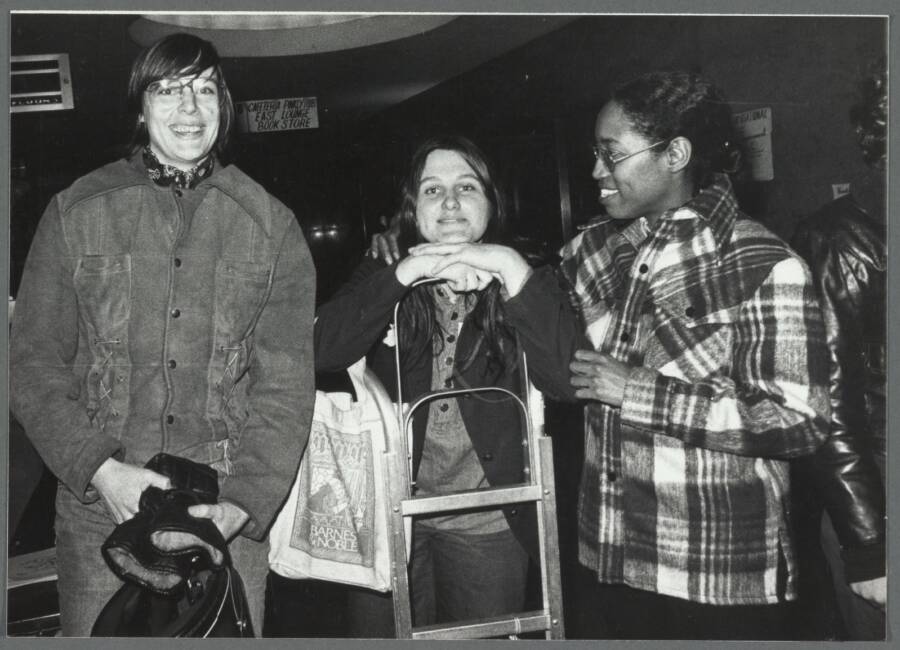
Diana Davies/The New York Public LibraryBlanche Jackson (right), one of the first lesbian feminist liberation activists and a fervent supporter of female musicians, captured by Diana Davies.
As she got to know the world of folk culture, she photographed luminaries like Bob Dylan and Bessie Jones. Davies even traveled with Jones to the Georgia Sea Islands to capture the folk and gospel legend at home.
Diana Davies' Photography Of The Early Gay Rights Movement And Women's Liberation
Though Diana Davies captured many moments of activism during the counterculture era, such as anti-Vietnam War protests and the civil rights movement, her most well-known and most revolutionary works are from the early gay rights movement and the women's liberation movement.
Aligned with the Gay Liberation Front (GLF), Davies was well-placed as a countercultural participant to use her camera to capture these moments.
Notably, she documented New York City's first Pride March, held in 1970. Then dubbed the Christopher Street Liberation Day March, the event took place on the first anniversary of the Stonewall Riots. Davies also traveled to Albany to document the first statewide march for gay rights.
At a time when homosexuality was considered a criminal offense across New York state, these demonstrations protested police harassment and demanded an end to discrimination based on sexual orientation.
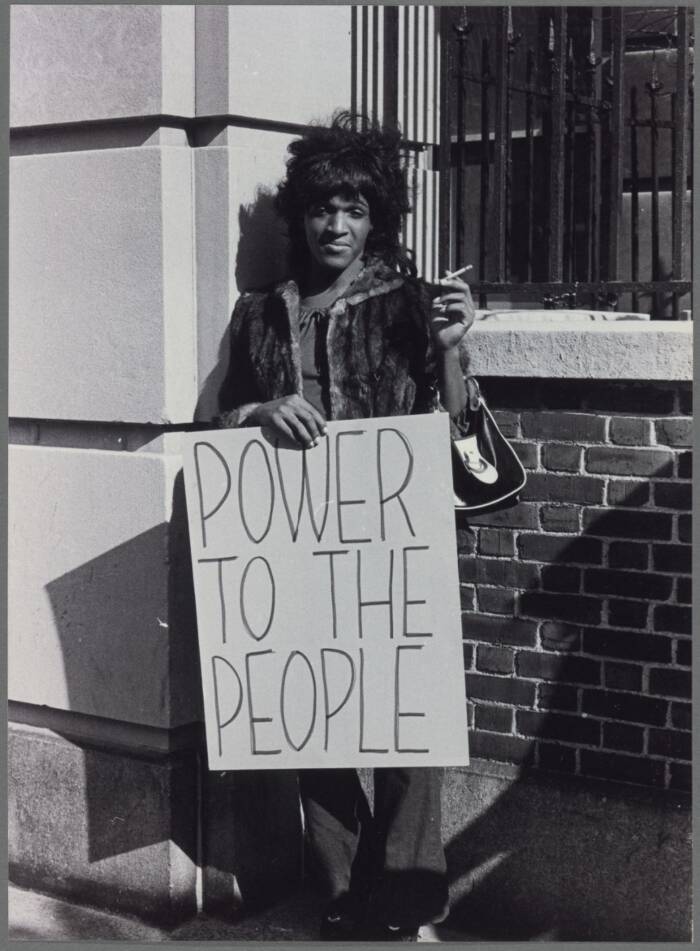
Diana Davies/The New York Public LibraryDiana Davies' photo of Marsha P. Johnson, a revolutionary LGBTQ rights activist who was famously on the front lines during the Stonewall Uprising.
Davies captured the likes of activists such as Marsha P. Johnson, Fred Sargeant, Barbara Gittings, and Craig Rodwell. She also documented more intimate moments, like one couple's attempt to break the world record for kissing during a Gay March on Central Park in New York City.
Her work went further than simply bearing witness to defiance and outrage — her photos capture the love shared between people in these movements, and the undeniable joy present in these communities.
The Legacy Of A Revolutionary Photojournalist
The movements and protests of the 1960s and 1970s showcased the changing customs and conventions of the time. The revolutionaries of the era no longer accepted the heteronormative and sexist status quo, and demanded not only equality under the law, but dignity.
Diana Davies captured these moments forever on film.
Though her work was most often documented in feminist and LGBTQ publications, her images were also featured in more mainstream news outlets like The New York Times and Life. She captured a wide variety of photos in many locations, but her most arresting images were taken close to home, in communities fighting for the basic right to exist in peace.
By the 1990s, Davies had mostly stopped working as a photographer, choosing instead to focus more on her illustrations and graphic art. Still, it was her photography that made her an icon of the counterculture era.
Going further than just documenting the changing times, much of Davies' work likely effected some of that very change that is still felt today.
Next, read about nine brave LGBTQ soldiers who were nearly forgotten by history. Then, learn about Christine Jorgensen, the first known American to undergo gender confirmation surgery.
